Introduction to Binding Wire
Binding wire, a fundamental component in construction and fencing, serves as a versatile tool for securing structures and materials. The binding wire 50 kg package offers a substantial quantity for large-scale projects, ensuring continuity and efficiency in operations. This category of wire is essential for applications requiring durability and strength.
Types and Applications
The utility of binding wire 50 kg extends across various industries. In construction, it is indispensable for tying rebar, contributing to the stability of concrete structures. For agricultural purposes, it secures fencing, supporting the creation of reliable enclosures. Additionally, its use in crafting and packaging showcases its adaptability.
Material and Features
Typically made from iron, binding wire is valued for its tensile strength and flexibility. Galvanized options offer enhanced corrosion resistance, making them suitable for outdoor use. The malleability of iron allows for the production of wires that can be easily twisted and tied without compromising their integrity.
Advantages of Binding Wire
The 50 kg binding wire package balances cost-efficiency with quality, providing a practical solution for bulk needs. Its resistance to environmental factors and ease of use make it a reliable choice for various binding applications. The wire's ability to be cut to specific lengths adds to its convenience and usability.
Specialized Variants
For environments demanding extra protection, plastic-coated binding wire is available, enhancing its durability against the elements. This variant prolongs the lifespan of structures it secures, offering an additional layer of defense against wear and tear.
Choosing the Right Binding Wire
Selecting the appropriate binding wire 50 kg coil involves considering the specific requirements of the task at hand. Factors such as environmental exposure, load-bearing needs, and longevity should guide the choice of wire, ensuring optimal performance for the intended application.
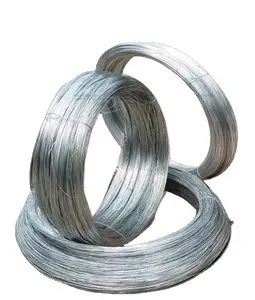





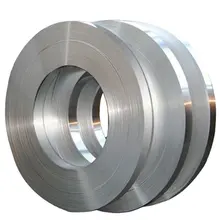
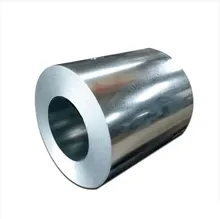


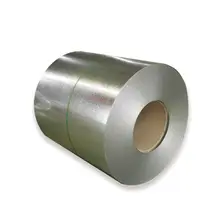

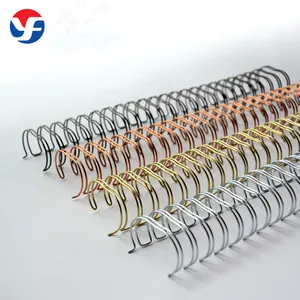

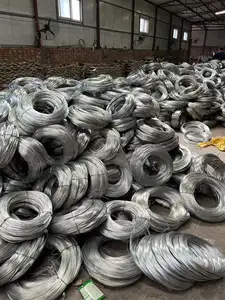

















 浙公网安备 33010002000092号
浙公网安备 33010002000092号 浙B2-20120091-4
浙B2-20120091-4